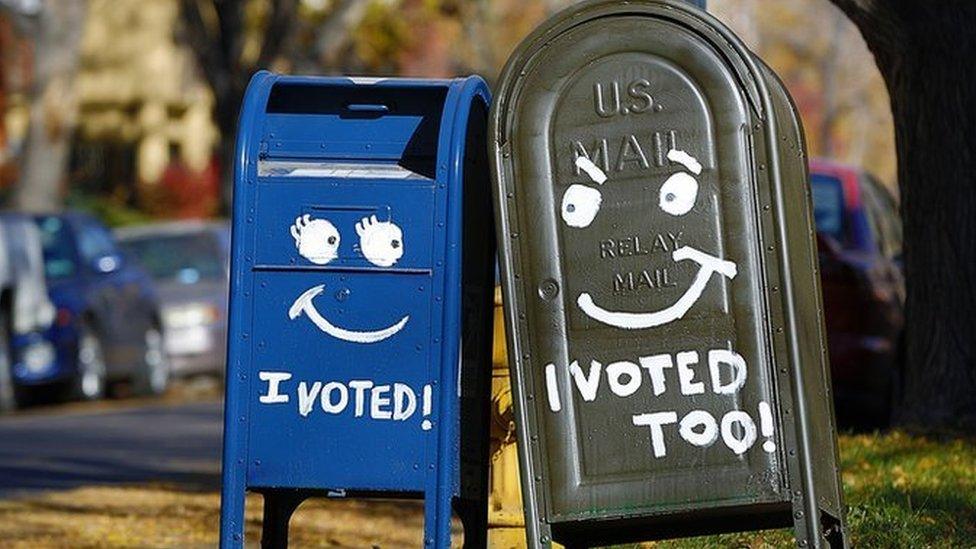
Table of Contents
What Is a Blood Diamond?
When you hear the term “blood diamond,” it might sound dramatic, and for good reason. Blood diamonds—also known as conflict diamonds—are more than just jewels; they symbolize a darker side of the diamond trade. In essence, a blood diamond is a diamond mined in war zones and sold to finance armed conflict against governments. But how did something as beautiful as a diamond become so tainted? Let’s delve into the history and definition of these controversial gems.
Historical Context
The term “blood diamond” came into popular use in the late 1990s. During this period, various conflicts in Africa were being fueled by the trade of diamonds. Rebel groups used diamond profits to buy weapons and continue their violent campaigns blutdiamanten bedeutung, leading to widespread atrocities. The situation drew international attention and led to urgent calls for reform in the diamond trade.
Definition and Characteristics
So, what sets blood diamonds apart from your average diamond? The key difference lies in their origin. While a standard diamond is mined and sold legally, blood diamonds come from regions where their sale supports violence and human rights abuses. These diamonds are often mined under dangerous conditions, contributing to their notorious reputation.
The Origins of Blood Diamonds
Geographical Sources
Blood diamonds primarily come from countries in Africa. Sierra Leone, Angola, and the Democratic Republic of the Congo are notable for their association with conflict diamonds. These regions have experienced severe instability and conflict, making them prime sources for blood diamonds.
Conflict Zones and Mining Practices
In conflict zones, mining practices are often harsh and dangerous. Rebel groups exploit local populations, forcing them into labor under brutal conditions. The diamonds extracted are then sold to finance their military operations, perpetuating a cycle of violence and exploitation.
The Role of Rebel Groups
Rebel groups play a crucial role in the blood diamond trade. They control diamond-rich areas and use the proceeds to fund their operations. This illegal trade undermines the legitimate diamond industry and exacerbates conflicts, making it difficult for affected countries to achieve peace and stability.
The Impact of Blood Diamonds
Humanitarian Concerns
The human cost of blood diamonds is staggering.
Child Labor and Exploitation
One of the most disturbing aspects of the blood diamond trade is child labor. Many children are forced into mining, often working in hazardous conditions that endanger their lives and futures. This exploitation is a direct result of the lack of regulation and oversight in conflict zones.
Violence and Civil War
The funds generated from blood diamonds contribute to ongoing violence and civil wars. Rebel groups use the money to buy weapons and sustain their operations, which prolongs conflicts and leads to more deaths and suffering among civilian populations.
Environmental Damage
The environmental impact of diamond mining, particularly in conflict zones, cannot be ignored. The extraction process often involves significant deforestation, soil erosion, and contamination of water sources. These environmental issues compound the already dire humanitarian situation.
The Kimberley Process
Introduction to the Kimberley Process
In response to the blood diamond crisis, the Kimberley Process Certification Scheme (KPCS) was established in 2003. This international initiative aims to prevent the trade of conflict diamonds by implementing a certification system to track the origins of diamonds.
How It Works
Under the Kimberley Process, diamonds are certified as conflict-free through a chain of custody. This means that each diamond must be accompanied by a certificate verifying that it has not been used to fund armed conflict. While the system is designed to ensure transparency, it has faced criticism and challenges.
Effectiveness and Criticisms
Despite its goals, the Kimberley Process has faced criticisms. Some argue that it is not stringent enough and that diamonds from conflict zones can still slip through the cracks. Additionally, there are concerns about the effectiveness of enforcement and the ability of the scheme to adapt to evolving issues in the diamond trade.
Ethical Alternatives to Blood Diamonds
Conflict-Free Diamonds
One way to avoid supporting the blood diamond trade is to choose conflict-free diamonds. These diamonds are sourced from regions not affected by conflict and are certified to be free from ties to violence. Many reputable jewelers offer conflict-free diamonds as part of their commitment to ethical sourcing.
Lab-Grown Diamonds
Lab-grown diamonds are another ethical alternative. Created in controlled environments, these diamonds have the same physical and chemical properties as natural diamonds but do not involve the environmental and humanitarian issues associated with mining. They also offer a more affordable option for consumers.
Consumer Awareness and Responsibility
Identifying Ethical Jewelry
As a consumer, it’s crucial to be aware of the origins of your jewelry. Look for certifications and ask questions about the sourcing practices of jewelers. Ethical jewelry should come with clear information about its provenance and the steps taken to ensure its conflict-free status.
Making Informed Choices
Making informed choices involves more than just knowing where your diamonds come from. It’s about supporting brands and practices that align with ethical and environmental standards. By doing so, you contribute to a more sustainable and humane diamond industry.
Future of the Blood Diamond Trade
Trends and Predictions
The future of the blood diamond trade will likely involve increased regulation and technological advancements. Efforts to improve transparency and traceability are ongoing blutdiamanten, and there’s a growing trend towards ethical sourcing. These developments could significantly reduce the prevalence of conflict diamonds.
The Role of Technology and Regulation
Technology, such as blockchain, is becoming an important tool in tracking the provenance of diamonds. Enhanced regulatory measures and international cooperation are also essential in addressing the challenges of the blood diamond trade. The combined efforts of technology and regulation could pave the way for a more ethical diamond industry.
Conclusion
The term “blood diamond” carries with it a heavy legacy of conflict and exploitation. Understanding its meaning and impact is crucial for making informed decisions about diamond purchases. By choosing conflict-free or lab-grown alternatives and supporting ethical practices, consumers can help combat the negative aspects of the diamond trade. As we move forward, ongoing efforts to improve transparency and regulation will play a key role in shaping a more responsible and sustainable industry. So, next time you admire a diamond, remember that it’s not just a gem; it’s a reflection of the choices we make.







